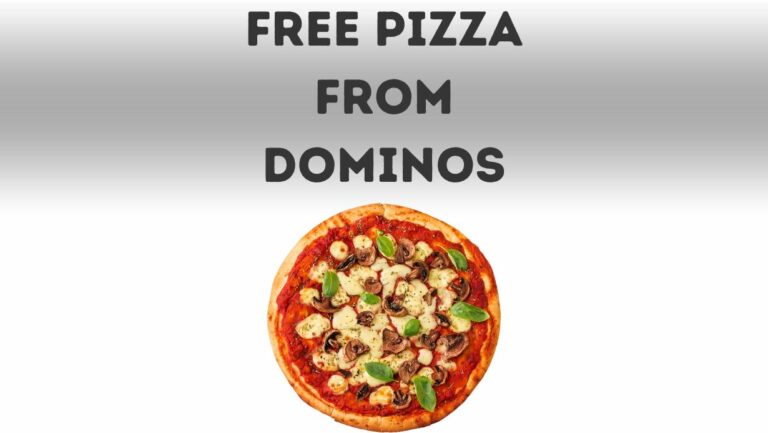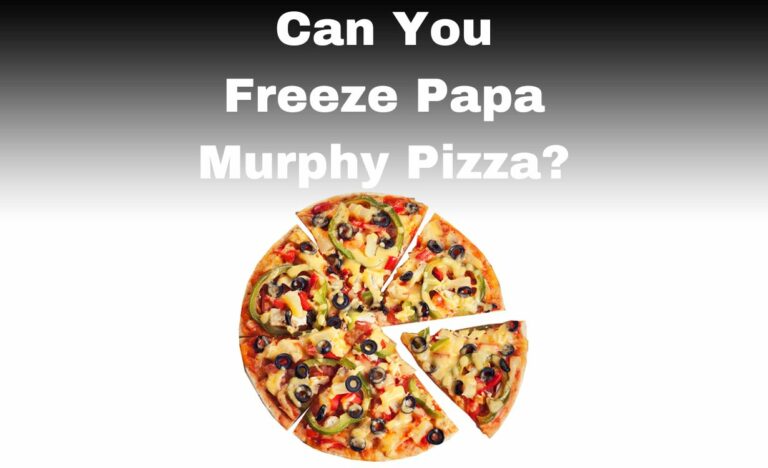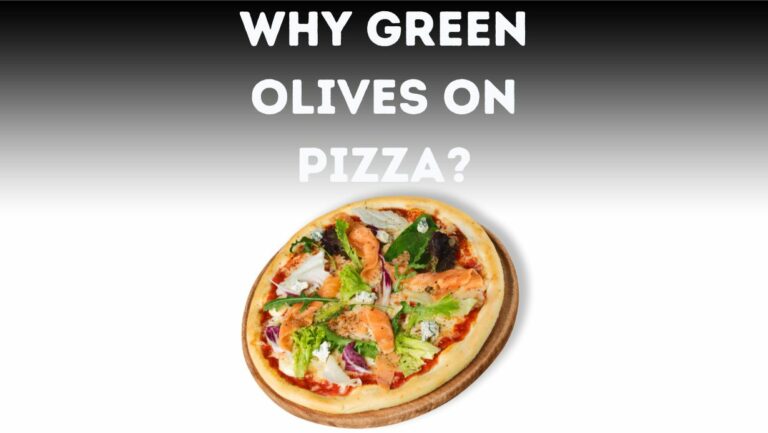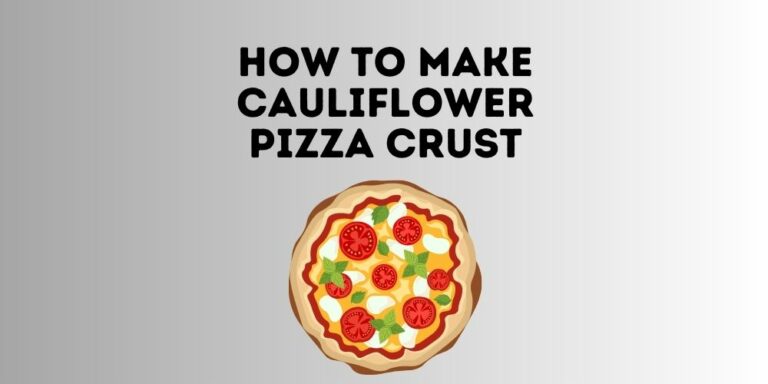
Bake Pizza On Parchment Paper
Pizza is one of the most popular foods in the world, and there are endless ways to customize it to your liking. However, when it comes to baking pizza, there are many different methods to choose from. One question that often comes up is whether or not it’s possible to bake pizza on parchment paper.
In this blog post, we will explore the topic of baking pizza on parchment paper. We’ll discuss what parchment paper is and its typical uses in baking. We’ll also delve into the advantages and disadvantages of using parchment paper for pizza baking, and provide some tips for those who choose to use it. Additionally, we’ll discuss some alternative methods for baking pizza, such as using a pizza stone or a baking sheet.
By the end of this post, you’ll have a better understanding of the different ways you can bake a delicious homemade pizza. So, whether you’re a seasoned pizza chef or a beginner, keep reading to learn more about whether or not you can bake pizza on parchment paper.
What Is Parchment Paper?
Parchment paper, also known as baking paper, is a type of paper that has been treated with a special non-stick coating. This coating makes parchment paper ideal for use in baking, as it helps to prevent food from sticking to the paper or the pan. Parchment paper is typically sold in rolls and can be easily cut to size to fit any baking dish.
Uses of Parchment Paper in Baking
Parchment paper is a staple in many kitchens, particularly for those who enjoy baking. There are many different ways in which parchment paper can be used in baking, including:
- Preventing food from sticking: As mentioned earlier, parchment paper is great for preventing food from sticking to the baking dish. This can be particularly helpful when baking items like cookies or pastries, which can be difficult to remove from the pan without breaking.
- Easy cleanup: Another advantage of using parchment paper is that it makes cleanup a breeze. Instead of having to scrub a baking dish clean, you can simply remove the parchment paper and toss it in the trash.
- Even baking: Parchment paper can also help to ensure that your baked goods cook evenly. This is because the paper helps to distribute heat evenly throughout the dish, preventing hot spots that can cause some areas to cook faster than others.
- Decorating: Parchment paper can also be used for decorating cakes and other baked goods. You can cut the paper into different shapes and use it as a stencil to create intricate designs on your desserts.
Overall, parchment paper is a versatile and useful tool in any baker’s arsenal. In the next section, we’ll explore whether or not it’s possible to bake pizza on parchment paper.
Can You Bake Pizza on Parchment Paper?

Yes, you can bake pizza on parchment paper! However, there are some advantages and disadvantages to using parchment paper for pizza baking, as well as some tips to ensure your pizza turns out perfectly.
Advantages of using parchment paper for pizza baking:
- Prevents sticking: Parchment paper acts as a non-stick surface, which can prevent the pizza from sticking to the baking pan or stone.
- Easy cleanup: Parchment paper makes for easy cleanup, as you can simply remove the paper from the pan and discard it after baking.
- Crispy crust: Parchment paper can help to create a crispy crust on your pizza, as it allows air to circulate beneath the crust.
Disadvantages of using parchment paper for pizza baking:
- May affect browning: Parchment paper can prevent the pizza from browning properly, as it can act as a barrier between the pizza and the heat source.
- Can burn: If the parchment paper is not properly positioned on the baking surface, it can burn in the oven.
- Can be difficult to remove: If the pizza is very saucy or greasy, the parchment paper can stick to the pizza and be difficult to remove.
Tips for Using Parchment Paper for Pizza Baking:
- Preheat your oven: It’s important to preheat your oven to the correct temperature before baking your pizza on parchment paper. This will help to ensure that the pizza cooks evenly and thoroughly.
- Use a light coating of oil: To prevent the pizza from sticking to the parchment paper, you can lightly coat the paper with oil before placing the pizza on top.
- Cut the paper to fit: Cut the parchment paper to fit the size of your pizza pan or stone. This will help to prevent the paper from bunching up or folding over during baking.
- Remove the paper halfway through baking: To ensure that the pizza browns properly, you can remove the parchment paper halfway through the baking process.
However, baking pizza on parchment paper can be a great option for those who want to prevent sticking and make cleanup easier. However, it’s important to keep in mind the potential drawbacks and use these tips to ensure your pizza turns out perfectly.
Alternative Methods for Baking Pizza
While baking pizza on parchment paper is certainly an option, it’s not the only way to achieve a delicious, crispy crust. Here are three alternative methods for baking pizza:
- Using a pizza stone: A pizza stone is a flat piece of ceramic or stone that you can preheat in your oven. When you place your pizza on the stone, it absorbs the heat and distributes it evenly, resulting in a perfectly cooked crust. To use a pizza stone, preheat it in the oven at 450-500°F for at least 30 minutes. Then, carefully slide your pizza onto the stone and bake for 10-12 minutes, or until the crust is golden brown and crispy.
- Using a baking sheet: If you don’t have a pizza stone, a baking sheet can be a good alternative. To use a baking sheet, preheat your oven to 425-450°F and place the sheet in the oven to heat up. Once heated, carefully slide your pizza onto the sheet and bake for 12-15 minutes, or until the crust is golden brown and crispy.
- Using a preheated cast iron skillet: Another option is to use a cast iron skillet. Preheat the skillet in the oven at 450-500°F for at least 30 minutes. Once heated, carefully place your pizza in the skillet and bake for 10-12 minutes, or until the crust is golden brown and crispy. The cast iron will help to absorb and distribute heat evenly, resulting in a perfectly cooked crust.
Overall, while parchment paper is an option for baking pizza, there are many alternative methods that can also result in a delicious, crispy crust. Whether you choose to use a pizza stone, baking sheet, or preheated cast iron skillet, the key is to preheat your equipment and carefully monitor your pizza to ensure it cooks evenly and to your desired level of doneness.
FAQs on Pizza on Parchment Paper
Should I cook pizza on foil or parchment paper?
Both foil and parchment paper can be used to bake pizza at home. However, parchment paper is usually the better choice because it is non-stick, which means the pizza won’t stick to it, and it won’t affect the taste of the pizza.
Can parchment paper go directly on oven rack?
It’s not advisable to put parchment paper directly on the oven rack. The parchment paper should be placed on a baking sheet or pizza pan to prevent it from scorching or burning. If the paper touches the oven’s heating element, it can catch fire, so it’s essential to be careful when using parchment paper.
Does dough stick to parchment paper?
If the dough is too warm, it can stick to the parchment paper. To avoid this, the dough should be adequately floured and kept cold. If the dough starts to stick to the paper, it can be chilled in the fridge for a few minutes to make it less sticky.
How long to cook pizza on parchment paper?
Pizza should be cooked on parchment paper until the crust is golden brown and crispy. The pizza can be placed on parchment paper on a peel and transferred to a hot stone. After baking for 5-10 minutes, carefully remove the parchment paper and continue baking the pizza on the stone. This will prevent cornmeal from burning on the stove or oven bottom.
Final Thoughts on Pizza on Parchment Paper
Baking pizza on parchment paper is a great option for home bakers who want a non-stick surface and easy clean-up. Here is a quick recap of the benefits and drawbacks of using parchment paper for pizza baking:
Benefits:
- A non-stick surface prevents the pizza from sticking to the pan or oven
- Easy clean-up
- Helps to distribute heat evenly
Drawbacks:
- Can be expensive compared to other baking materials
- May not create the same crispy crust as other methods
Ultimately, the best method for baking pizza depends on personal preference and the equipment available. Baking pizza on a pizza stone or preheated cast iron skillet can also result in a crispy, delicious crust. However, using parchment paper can be a convenient and easy option, especially for beginner bakers.
No matter which method you choose, remember to preheat your oven and equipment and carefully monitor your pizza to ensure it cooks evenly and to your desired level of doneness. With a little practice and patience, you can achieve a perfect homemade pizza that will impress your friends and family.

Handsomepizza.com is the brainchild of two pizza-obsessed friends who wanted to share their love of pizza. We are dedicated to bringing you the latest news, reviews, and insights on pizza.






